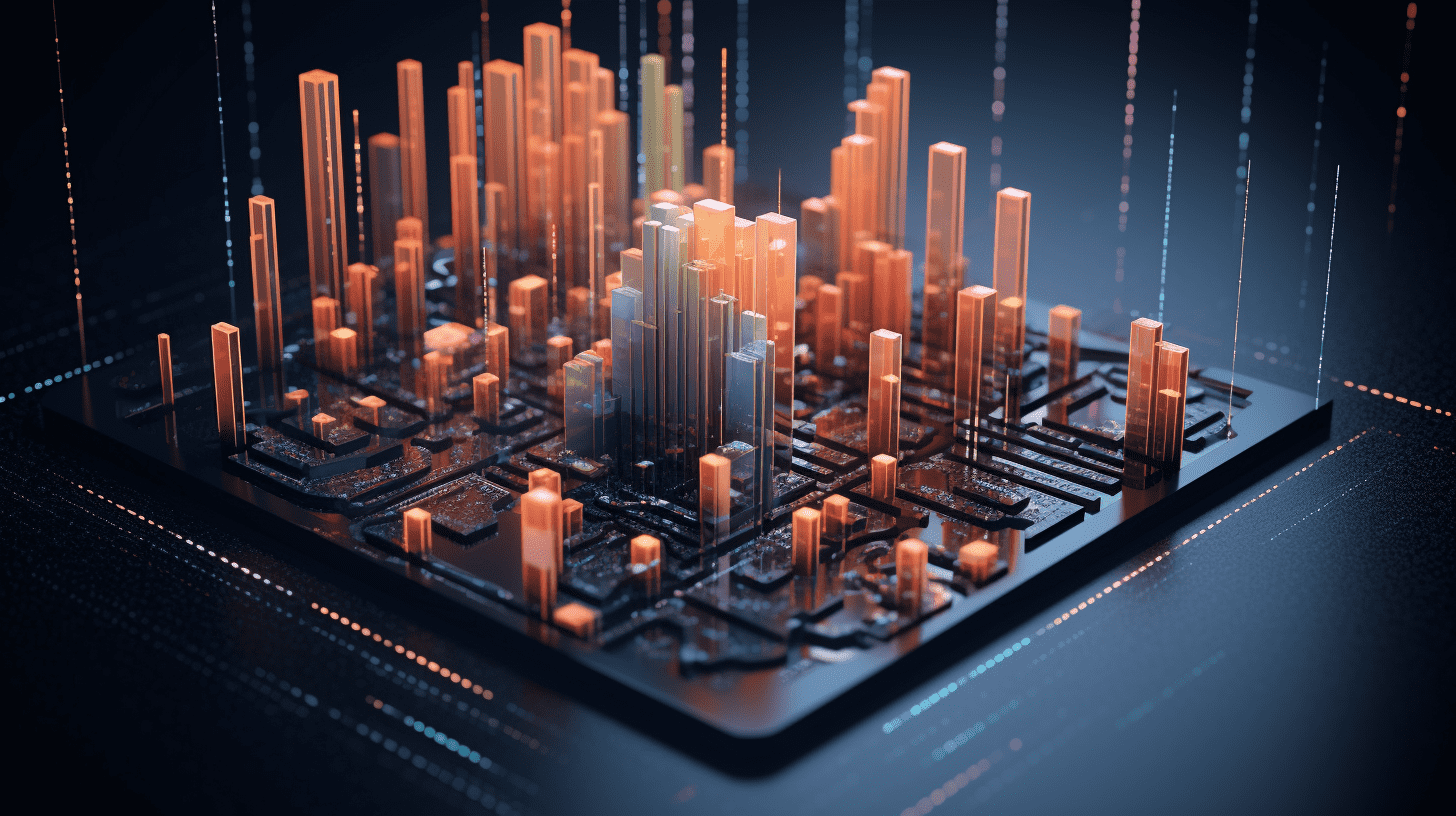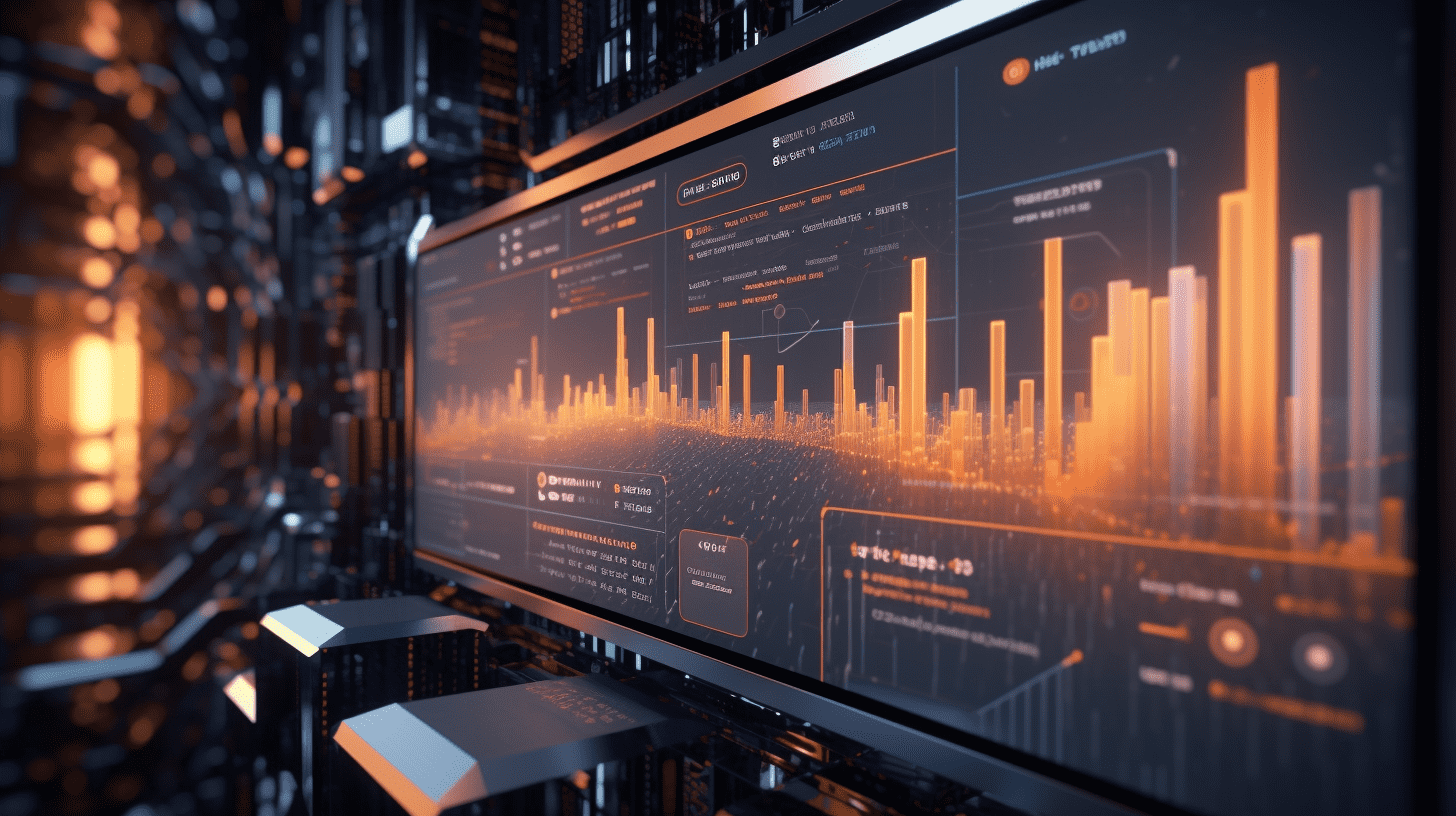Zhongtai: High-frequency power data confirms that the demand for AI computing power is still accelerating.
Zhongtai Securities released a research report stating that from the perspective of electricity, the demand for AI computing power is increasing significantly. By conducting high-frequency monitoring of the PJM power grid covering core data center clusters in the United States (Virginia, Ohio), it was observed that both load and electricity prices are increasing significantly.
Zhongtai released a research report stating that from the perspective of electricity, AI computing power demand is increasing. Through high-frequency monitoring of the PJM power grid covering core data center clusters in the United States (Virginia, Ohio), it was observed that both load and electricity prices are significantly increasing. The report believes that there are four major barriers to AI applications, and investing in targets that can overcome these four barriers will greatly increase success rates. In specific industry scenarios, since they have unique data, it is also an investment direction, not likely to be completely replaced by large model companies' model capabilities after being improved. However, the prerequisite is that the additional value brought by AI in specific industries is high enough.
Zhongtai's main points are as follows:
Core Point 1: High-frequency electricity data confirms that the demand for AI computing power is accelerating.
Viewing the demand for AI computing power from the perspective of electricity, through high-frequency monitoring of the PJM power grid covering core data center clusters in the United States (Virginia, Ohio), it was observed that load and electricity prices are significantly increasing.
1. In the Virginia DOM region, the monthly average load increment is around 3GW in 2025 (excluding the base load), an increase of 0.98GW compared to 2024. The average load increments in November, as compared to 2024, increased significantly by 73%, 53.2%, and 56.4% respectively.
Specifically tracking ARCOLA, SHILOHDP, BOYDTNDP in the DOM region, which correspond to the pricing nodes of ARCOLA (primarily Google/AWS data centers node), SHILOHDP (core node for AWS), and BOYDTNDP (core node for Microsoft), tracking the trend of electricity prices at these nodes, after excluding disturbing factors such as weather, daytime industrial and commercial activities and natural gas price fluctuations, it can be seen that:
Nighttime electricity prices have significantly increased, with the price difference between ARCOLA-BOYDTNDP-SHILOHDP rising notably in October and November. The price difference between the nodes at night in ARCOLA-BOYDTNDP-SHILOHDP rose prominently in October and November, with the difference at Google's main consuming ARCOLA node being the most pronounced, reaching $7.94/MWh in October 2025, a 197% increase year-on-year, and even more pronounced in November (Gemini 3 release), reaching $13.11/MWh in 2025, a 680% increase year-on-year, and a 65% increase month-on-month.
Electricity price standard deviation is expanding, with node fluctuations intensifying. The standard deviations of electricity prices in ARCOLA-BOYDTNDP-SHILOHDP in October and November are significantly higher than the overall standard deviation in the PJM region, indicating that the available capacity of the entire power grid is approaching its limit, leading to significant short-term price fluctuations. Congestion fees during the night have also increased simultaneously, with severe congestion in November, showing a significant difference in congestion fees for the three nodes, where ARCOLA, as the node with the greatest price volatility and the highest electricity price difference, also has significantly higher congestion fee differentials than BOYDTNDP-SHILOHDP, with increases of 223% and 890% respectively in October and November compared to 2024.
2. In the Ohio AEP region, the monthly average load increment in 2025 is around 1.34GW (excluding the base load), an increase of nearly 0.8GW compared to 2024. The average load increments in September to November 2025 increased by 1.04GW compared to the same period last year, with monthly average load increments in September to November significantly increasing by 158%, 223%, and 180% respectively compared to the previous year.
Core Point 2: AI goes from 1 to N, bullish on Google's "The Dance of the Elephant."
The report believes that AI applications have four major barriers, namely: 1) weak economies of scale for single user costs, 2) subscription restrictions limiting user expansion, 3) applications requiring higher ROI and added value, and 4) the closed-loop data flywheel. The first three barriers are related to funding and competition, while the fourth barrier is related to ecological layout.
Google's AI ecological layout: from hardware chips (TPU, Tensor G5) and intelligent terminals (Pixel, Samsung deep integration), to cloud infrastructure (Vertex AI), to software (Android system, Chrome browser, antigravity programming IDE), and finally landing to applications (Youtube, Search, Notebook LM, Google Maps, WorkSpace, Waymo autonomous driving, Flow, Project Astra, etc.). Google relies on the strong native multimodal capabilities of the Gemini large model, significantly reducing computing costs with its own chip TPU, and integrating AI into the entire ecosystem.
Investing Points and Suggestions:
Investing in targets that can overcome the above four barriers will significantly increase success rates. In specific industry scenarios, since they have unique data, it is also an investment direction, not likely to be completely replaced by large model companies' model capabilities after being improved. However, the prerequisite is that the additional value brought by AI in specific industries is high enough.
Risks: 1) Risks of slower development of AI large models and AI applications than expected; 2) Risks of technology and environmental changes leading to the failure of calculation bases; 3) Risks of outdated data information updates.
Related Articles

New stock news | Xian Artificial Intelligence second listed on Hong Kong Stock Exchange

China Securities Co., Ltd.: Review of core policies and market impacts of the closure of Hainan Free Trade Port.

New stock news | AUDIOWELL (920491.BJ) has submitted an application to the Hong Kong Stock Exchange, mainly engaged in the research, development, manufacturing, and sales of sensors and actuators.
New stock news | Xian Artificial Intelligence second listed on Hong Kong Stock Exchange

China Securities Co., Ltd.: Review of core policies and market impacts of the closure of Hainan Free Trade Port.

New stock news | AUDIOWELL (920491.BJ) has submitted an application to the Hong Kong Stock Exchange, mainly engaged in the research, development, manufacturing, and sales of sensors and actuators.

RECOMMEND

Food Delivery Ceasefire: Chinese Concept Stocks Reach Dual Inflection In Value And Technology — From Cash‑Burning Rivalry To An AI‑Led Strategic Upgrade
27/11/2025

Six Departments Issue Joint Plan To Boost Consumption And Improve Supply‑Demand Alignment For Consumer Goods
27/11/2025

Citi Research On China’s Humanoid Robot Industry: Broad Optimism, Exponential Growth Likely In 2026, At Least A Doubling
27/11/2025


